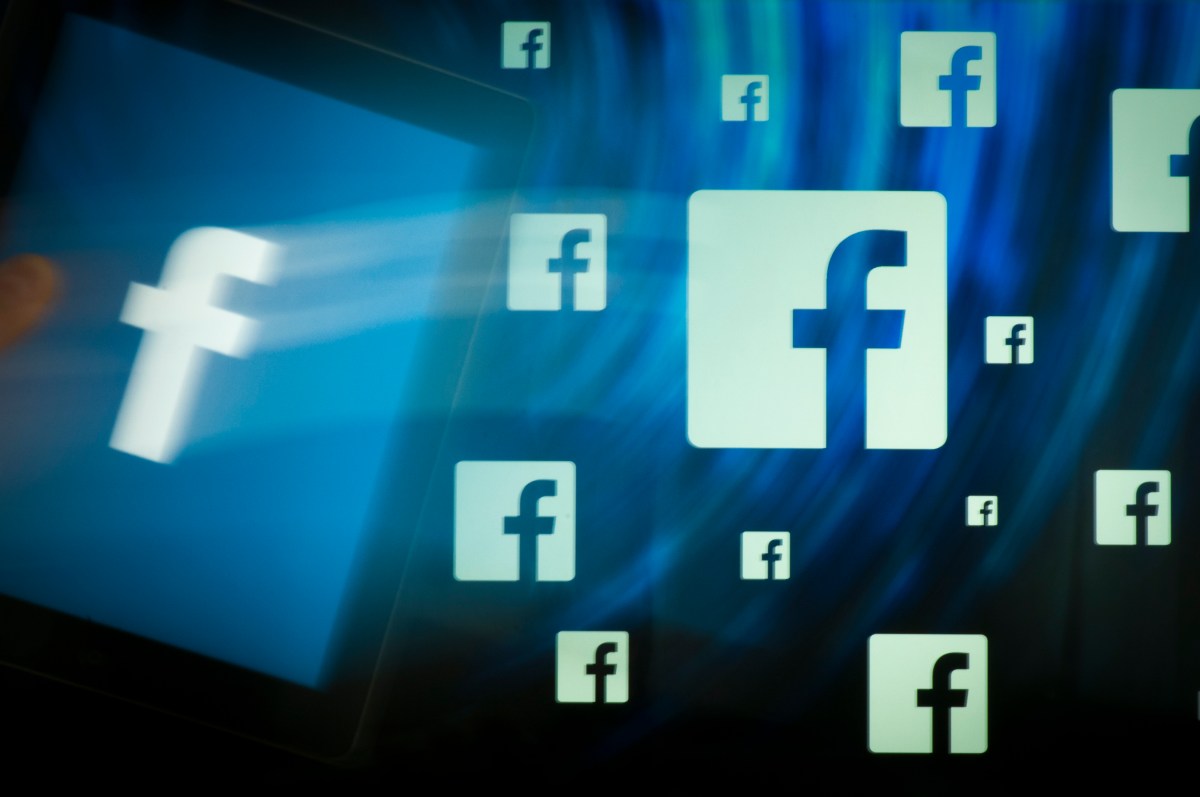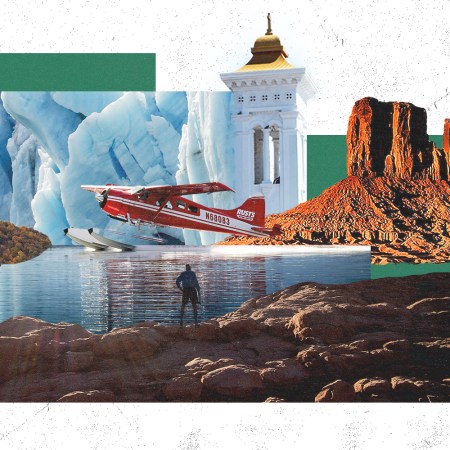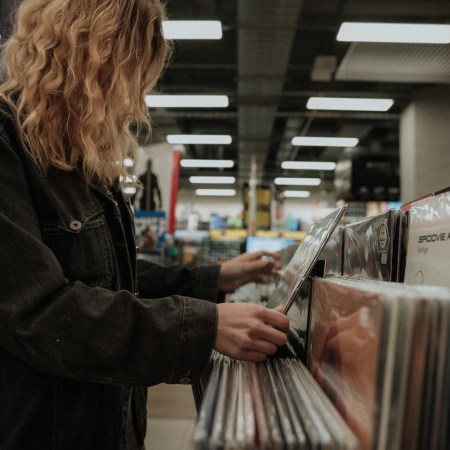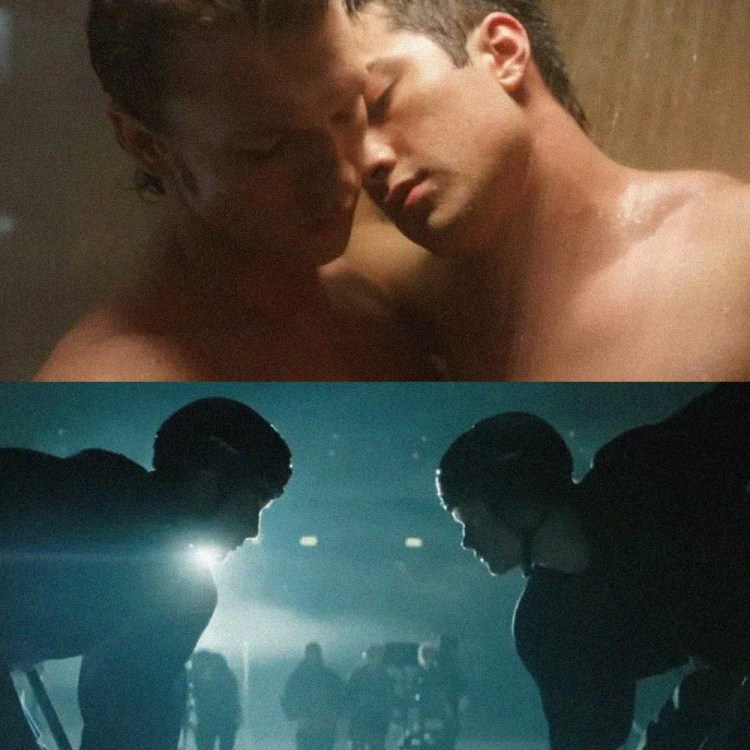By now, you’ve likely seen your Facebook, Instagram and Twitter friends posting then-and-now pictures of themselves from 10 years ago and today — but is the trend harmless fun or a diabolical plot to aid in facial recognition technology?
Instead of joining in, Wired‘s Kate O’Neill tweeted, “Me 10 years ago: probably would have played along with the profile picture aging meme going around on Facebook and Instagram
Me now: ponders how all this data could be mined to train facial recognition algorithms on age progression and age recognition.”
Me 10 years ago: probably would have played along with the profile picture aging meme going around on Facebook and Instagram
Me now: ponders how all this data could be mined to train facial recognition algorithms on age progression and age recognition— Kate O'Neill (@kateo) January 12, 2019
Nearly 10,000 retweets later, O’Neill’s snark at the meme gained traction across the internet and started a conversation about a very plausible trend that people should be aware of — that data like this that we share so easily is likely being harvested for use without our permission, as we’ve seen before.
The most common rebuttal to her thesis, O’Neill wrote, was: “That data is already available. Facebook’s already got all the profile pictures.”
“Of course they do,” she readily admitted, but for her argument’s sake, the Wired reporter asked readers to imagine “you wanted to train a facial recognition algorithm on age-related characteristics and, more specifically, on age progression (e.g., how people are likely to look as they get older).
“Ideally, you’d want a broad and rigorous dataset with lots of people’s pictures,” she continued. “It would help if you knew they were taken a fixed number of years apart—say, 10 years.”
And even more helpful for this kind of technology is the user’s caption, that one photo is them at a specific age and the other is also them, 10 years later. Now, thanks to this meme, there’s a very large pool of data of carefully curated photos that represent the many different ways people age and how their faces can become altered over time.
Thanks for reading InsideHook. Sign up for our daily newsletter and be in the know.


















